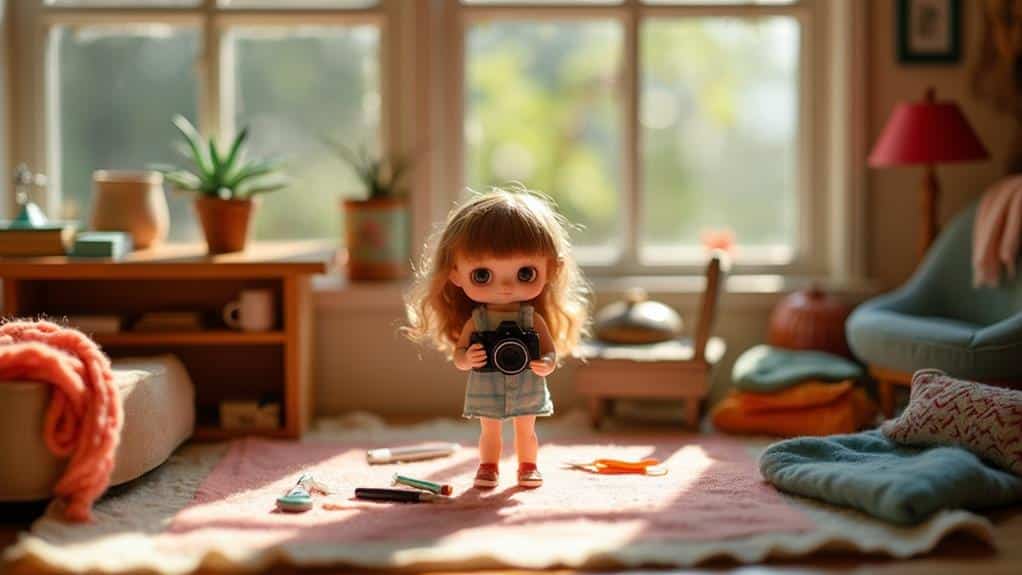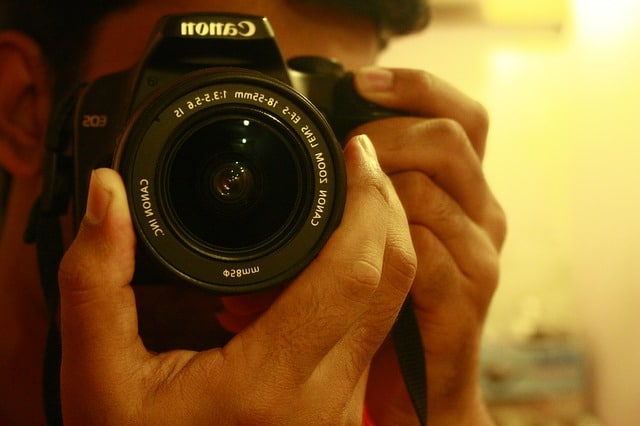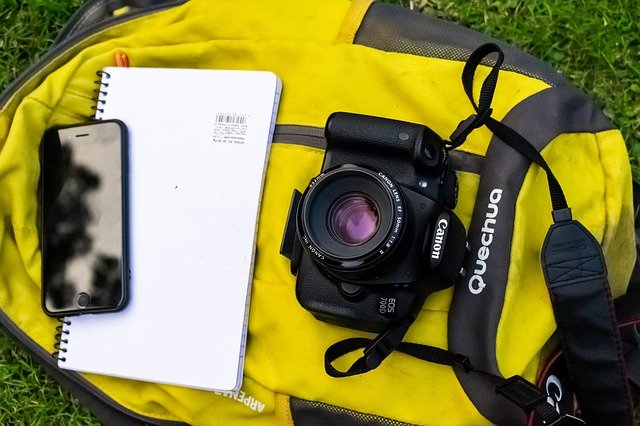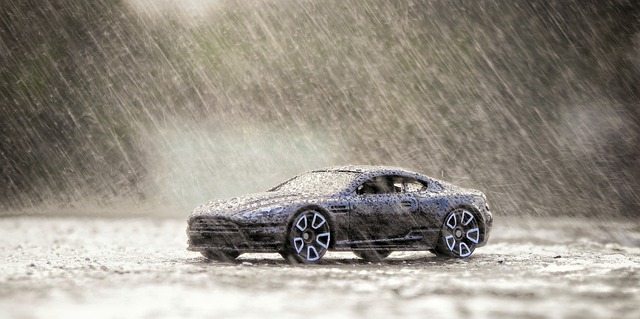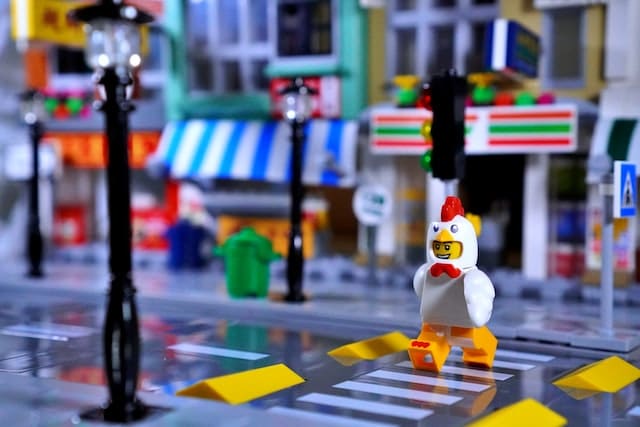You might wonder why you should bother with building a DIY doll photography set when there are plenty of ready-made options available. The answer lies in the unparalleled creative control you gain. With your own setup, you can tailor every detail to fit the doll's story, outfit, and personality, resulting in truly unique and mesmerizing images. Plus, it's cost-effective and allows for endless experimentation with materials, themes, and lighting techniques. Intrigued by how this can elevate your doll photography? Let's explore the essential tools and materials you'll need to get started.
Key Takeaways
- Custom backdrops and scenes enhance storytelling and add depth to doll photography.
- DIY setups allow for creativity and personalization, reflecting the photographer's unique vision.
- Controlled lighting and steady shots result in professional-quality images.
- Proper positioning and posing bring dolls to life, creating dynamic and realistic photos.
- Organized tools and materials streamline the setup process, saving time and effort.
Essential Tools and Materials
When setting up your DIY doll photography set, having the right tools and materials is crucial for achieving professional-quality results. Start with a good camera; even a smartphone with a high-resolution lens can work wonders. A tripod is essential to keep your shots steady and consistent. Consider using the Xenvo SquidGrip for its flexible legs and 360-degree adjustability. Lighting is key, so invest in a couple of LED lights. These are adjustable and provide the perfect brightness without generating heat that could damage your dolls.
You'll also need basic tools like scissors, tape, and glue for setting up mini props and adjusting backgrounds. A clean, flat surface is a must-have, whether it's a table or a dedicated photography station. Reflectors and diffusers help in managing light and shadow, giving your photos a professional touch.
Don't forget storage solutions like bins or boxes to keep your tools and materials organized. An assortment of small props like miniature furniture or accessories add context and depth to your photos. Finally, a backdrop stand can be incredibly useful for holding your backdrops steady, but make sure you focus on these essential tools and materials first. By gathering these items, you're well on your way to creating stunning doll photography.
Designing Your Backdrop
Creating a mesmerizing backdrop is essential for setting the scene in your doll photography. It adds depth, context, and enhances the overall mood of your shots. Start by choosing a theme that complements your doll's story or outfit. Whether it's a whimsical forest, a cozy living room, or a bustling cityscape, your backdrop should seamlessly blend with your vision.
Next, gather materials that match your theme. You can use printed paper, fabric, or even paint a custom backdrop. Verify your backdrop is large enough to cover the entire frame of your camera shot, eliminating any distracting edges. If you're using fabric, make sure it's wrinkle-free and securely fastened to avoid any sagging. Consider experimenting with different textures and colors to add more depth and vibrancy to your setup.
Consider adding three-dimensional elements for added realism. Small props like miniature furniture, plants, or accessories can make your scene come alive. Experiment with layering different materials to create depth and texture. For instance, combining printed backdrops with real objects can create a more dynamic and engaging scene
Lighting Techniques
Proper lighting can make or break your doll photography, transforming an ordinary shot into a stunning visual masterpiece. To start, natural light is your best friend. Set up near a large window to let in soft, even light. Avoid direct sunlight, as it can create harsh shadows and overexpose your photo. If natural light is limited, consider using a lightbox or softbox to simulate that gentle glow. For a portable and effective solution, you might consider LED lights for their energy efficiency and minimal heat production.
Invest in a few inexpensive LED lamps or ring lights. These tools allow you to control the direction and intensity of your lighting. Position one light as your main source and another as a fill light to eliminate unwanted shadows. Experiment with different angles to see how the light interacts with your doll and backdrop.
Reflectors are another essential tool. Use white foam boards or aluminum foil to bounce light back onto your subject, brightening up darker areas. Colored gels can add a creative touch, altering the mood and tone of your photos.
Lastly, don't forget about diffusion. Placing a sheer fabric or parchment paper over your light sources can soften the lighting, creating a more flattering and professional look
Positioning and Posing Dolls
Positioning and posing dolls effectively can elevate your photos from ordinary to extraordinary. It's all about creating a scene that tells a story. Start by considering your doll's joints and how they move. Dolls with articulated joints offer more flexibility, allowing you to mimic natural human poses. Pay attention to the space between your doll and the backdrop to avoid a cluttered look.
First, think about the composition. Placing your doll slightly off-center often creates a more dynamic image than centering it. Experiment with different angles—shooting from above can make your doll look smaller and more delicate, while a low angle can add grandeur.
Next, focus on the pose itself. A relaxed, natural stance usually looks more appealing. Bend the elbows, knees, and tilt the head slightly to add realism. If your doll has accessories, use them to enhance the story. For example, a doll holding a tiny book looks more engaging than one with empty hands.
Lastly, consider the background and surroundings. Props like miniature furniture or plants can add layers to your scene. Be mindful of the spaces between your doll and these elements to avoid a cluttered look. With thoughtful positioning and posing, your doll photography will captivate any viewer
Capturing the Perfect Shot
The magic of doll photography often lies in capturing the perfect shot. To achieve this, pay close attention to lighting, angles, and background. Natural light can be your best friend, so try shooting near a window or outside during the golden hour. If you're indoors, use soft, diffused lighting to avoid harsh shadows.
Angles are vital. Experiment with different perspectives to find the one that best showcases your doll's features and outfit. Sometimes, a low angle can make your doll appear more lifelike, while a high angle might highlight intricate details.
Don't overlook the background. A cluttered or inappropriate backdrop can distract from your subject. Use simple, clean backgrounds that complement but don't overpower your doll. You can create DIY backdrops using fabric, scrapbook paper, or even printed scenes.
Lastly, focus on the doll's eyes. Just like in human portraits, the eyes can add a sense of life and personality. Make sure they're sharp and well-lit.
At a Glance
Creating a DIY doll photography set is totally worth it. You'll have complete creative control, allowing you to craft scenes that perfectly align with your doll's story and personality. Plus, it's cost-effective and adaptable, making it easy to refresh your content. With the right tools, materials, and techniques, you'll capture stunning, unique images that stand out. So, why not give it a try and elevate your doll photography game? The possibilities are endless! By experimenting with different backdrops, lighting, and props, you can take your DIY doll photography to the next level and create truly inspiring doll photography. With some creativity and imagination, you’ll be able to showcase your dolls in a whole new light, drawing in viewers and leaving them in awe of your talent. So, don’t be afraid to explore new techniques and push your photography skills to new heights. Your dedication to creating inspiring doll photography will definitely pay off in the end.

